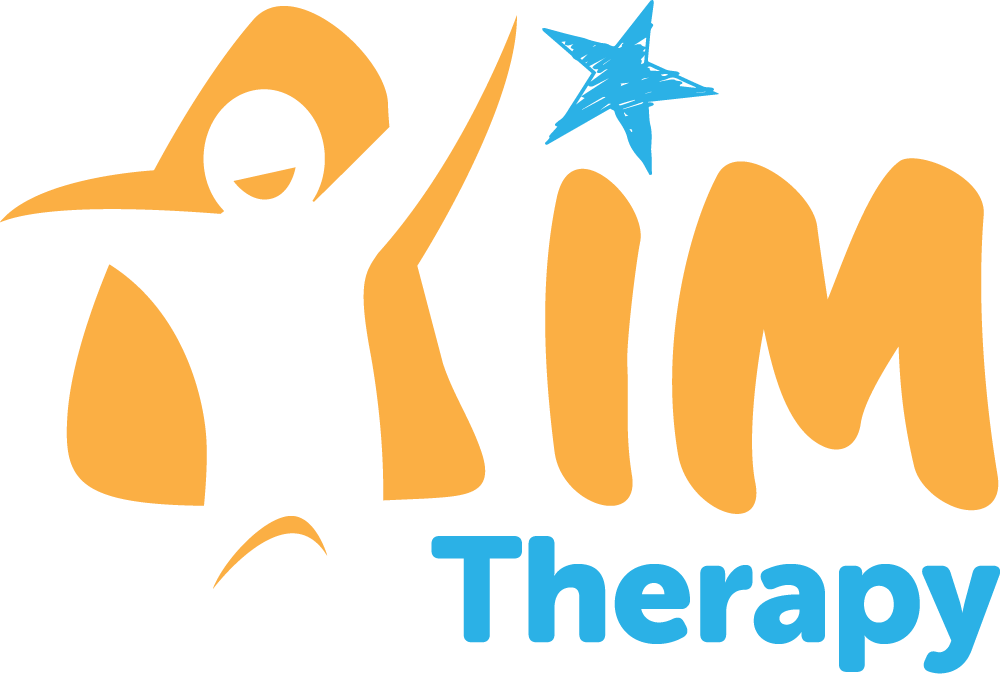Dressing – Development of Dressing
| AGE | SKILL | STRATEGIES |
| 1 | ► Holds foot up for shoe, arm out for sleeve ► Likes to pull shoes and socks off ► Pushes arm through sleeves & legs through pants ► Puts own hat on |
o Talk about what you are doing as you dress and undress your child o Loose socks (i.e. elastic at the top) are easier o Give your child time to perform tasks; avoid jumping in and doing everything for them. |
| 2 | ► Finds armholes in T-shirt ► Purposefully removes shoes (if laces untied) ► Helps push down garment (pants) |
o A loose-fitting top may be easier o Avoid buying pants with tight elastic o May need assistance over the hips initially if nappy is bulky. |
| 2.5 | ► Removes pull-down garment with elastic waist ► Tries to put on socks ► Unbuttons one large button |
o Have your child sit down to pull pants over their feet once pants are over the hips o Avoid socks that are too tight. |
| 3 | ► Puts on T-shirt, with some assistance ► Needs assistance to remove T-shirt |
T-SHIRTS o Avoid t-shirts with a tight neck opening o To take off, try crossing arms over at the hips, grasping the shirt, and pulling up to make the arms point straight to the sky. |
| ► Puts on shoes (may be wrong foot) ► Puts on socks with difficulty turning heel |
SHOES & SOCKS o Try marking all left or right shoes (e.g. with nail polish inside on the heel) and telling you child which foot the mark goes on. o Identify with your child characteristics of shoes to help when putting them on (eg buckles go on outside, maker’s logo on outside, toes point to the middle). o Purchase socks with different coloured toes and heels. |
|
| ► Buttons large buttons with large holes | BUTTONS o Practice buttons and zips on pyjamas, teddies/dolls, and dress-ups o When buying pyjamas, choose ones with large buttons and loose button holes. |
|
| ► Able to use zipper | ZIPPERS Adapt zippers by adding a ring (curtain or key ring) or ribbon to small zipper attachments to make it easier to grasp and pull. |
|
| 3.5 | ► Finds front of clothing most of time | FINDING THE FRONT! o Look for clothes with the tag at the o pants with a drawstring/zipper at the front, o underwear with a decoration at the front. |
| ► Snaps or hooks front fastenings ► Buttons series of 3 to 4 buttons |
BUTTONING o If buttoning a shirt, line up the bottom hole and button first, then work upwards. When we’re learning, buttons outside visual range are more difficult to do up. |
|
| ► Dresses with supervision | PUTTING IT ALL TOGETHER o Remember: be patient and give your child time – don’t jump in! o Think about the dressing sequence: eg underwear first, then shirt, shorts, socks, and shoes. What will be the most logical order? For example, it will be easier for your child to tuck in a shirt if they put the shirt on first and then pull pants/skirt on over the hem of the shirt. |
|
| 4 | ► Removes pull-over garment by self ► Puts on socks – heel correct ► Puts on shoes – little assistance ► Laces shoes – practices with shoes off ► Consistently knows front and back of clothing |
o Try socks with a contrasting colour on the heels o Remind your child the buckle or velcro is on the outside of the shoe. |
| 5 | ► Puts on pull-over garments (e.g. T-shirt) by self ► Dresses unsupervised |
o Teach the same method consistently |
| 6 | ► Ties a bow ► Does fastenings at the back (e.g. back zipper, back button, apron string, etc.) |
o Decide on one method and use it consistently (i.e. – standard ‘one loop’ method or ‘bunny ears’ /two loop method). |
| 7 | ► Selects clothes appropriate for the weather | o Discuss the weather before your child gets dressed. Discuss why a particular item of clothing may/may not be appropriate. |
Reference: Dunn Klein, Marsha (1983) Pre-Dressing Skills Revised. Communication Skill Builders: Arizona.
